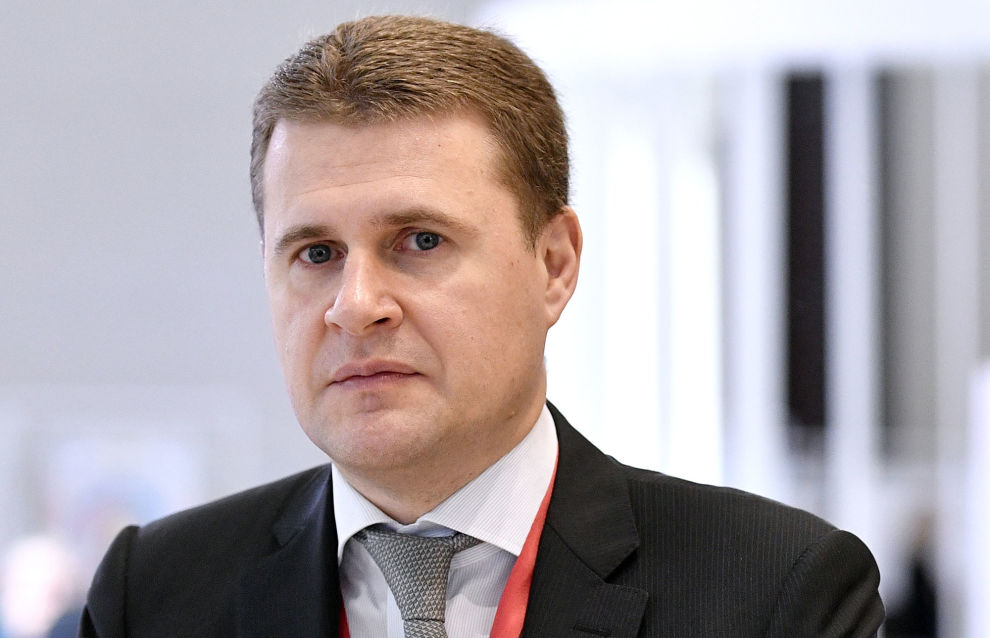SPIEF-2023 participants discuss Northern Sea Route development
Participants in the session, Northern Sea Route: New Challenges, discussed the plans for this transport corridor, which has major implications for Russia and the world. Alexei Chekunkov, Minister for the Development of the Russian Far East and Arctic, noted that the new Northern Sea Route was becoming more significant, due to the current international situation.
“Tensions are increasing on traditional routes between East Asia and Europe. Given certain scenarios, traffic via these routes could become seriously disrupted. We are talking a billion metric tons of freight and imports that supply 3 billion people, primarily food items. Consequently, the world needs the Northern Sea Route as an alternative. Russia needs it, more than anyone. This is a gateway for exports based on Arctic projects that have already received investment. In this sense, we are now trying to catch up. We have invested trillions of rubles in the Arctic for creating a new Russian, not just Northern, economy,” the minister noted.
In 2014, the Northern Sea Route saw 4 million metric tons of cargo, while cargo traffic volumes reached 34 million metric tons in 2022, exceeding the Soviet-era record by five times. Today, the NSR is a key transport corridor for oil, LNG, mineral fertilizer, metals and other high-value products exported from Russia.
Major Russian businesses have confirmed their intention to use the Northern Sea Route, and agreements with major consignors have been signed. In addition to trilateral agreements with companies to use the NSR for exports, there are plans to switch transporting cargo provided by new projects also to the NSR, to expand coastal and transit traffic, and to use the route for delivering cargo from the Eastern railway network
Regular NSR service with subsidized rates has been connecting St. Petersburg with Vladivostok since 2022. Another ship is to set sail on June 20. Two ships have navigated the line since 2022, and three ships are to set sail thia year. The number of local ports of entry is to increase from 4 to 11. Ports of departure and destination now include Arkhangelsk and Nakhodka, and Magadan has also been added to the route.
Under a plan for developing the Northern Sea Route up to 2030, freight traffic volumes are to increase by more than six-fold. The plan also includes large-scale infrastructure projects, new icebreakers, ice-resistant ships, and other new ports and terminals. Moreover, the plan includes expanding the satellite cluster, new emergency rescue centers in the Arctic, and more.
Vladimir Panov, Rosatom State Nuclear Energy Corporation Special Representative for Arctic Development, noted that the Northern Sea Route is mainly designed to connect Russia with Asian markets, and that it is part of global logistics routes. The distance between Murmansk and Shanghai is 7,000 nautical miles, and the distance between the two cities, via Gibraltar and the Suez Canal, is 12,500 nautical miles.
“Every day, more countries and businesses become convinced that the Northern Sea Route is safe, efficient and stable. This is a new global logistic route and a corridor of the future. At the same time, there are some challenges, including ice formations and short open-water navigation timeframes. However, we have learned to navigate the ice floes safely and effectively,” Panov noted.
Speaking at the session, Gadzhimagomed Guseinov, First Deputy Minister of the Ministry for the Development of the Far East and Arctic, noted that global logistics had to be diversified, and that traditional routes were unable to handle all the freight traffic between Asia and Europe. He also recalled that the Russian Arctic accounted for 75 percent of the country’s gas production, and that the NSR made it possible to export consignments from the Far North territories.
“It is necessary to create and expand the infrastructure, including the coastal infrastructure. This infrastructure will make it possible to enter the Northern Sea Route’s connecting routes, including inland waterways, and port infrastructure and to build new and larger ships. We have already laid down multiple ships under a long-term contract that will positively influence the sector. We will continue this work,” he noted.
Efficient interaction with consignors includes ice forecasts that allow icebreakers to escort every ship. According to Guseinov, high-priority objectives include the provision of personnel and new icebreakers.
